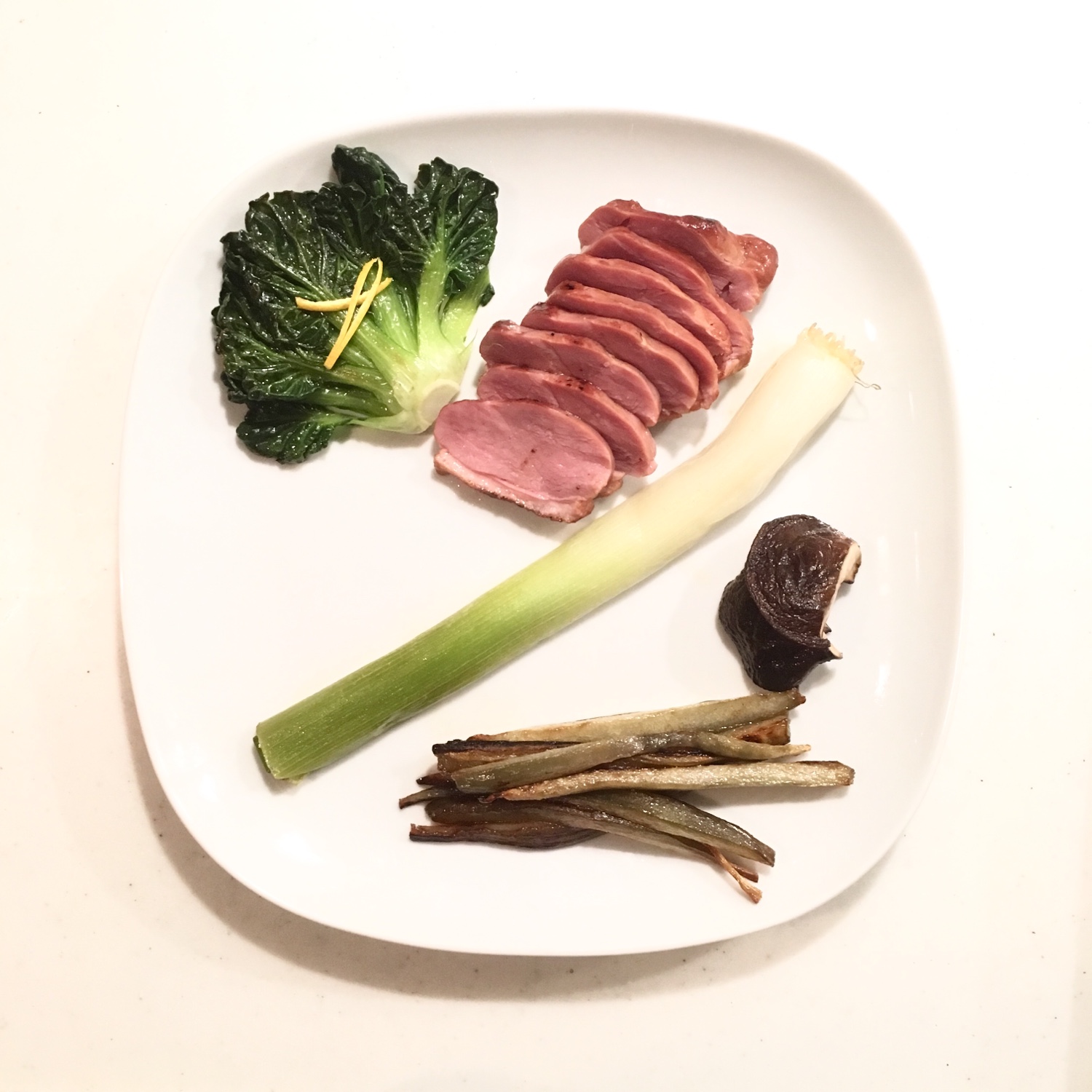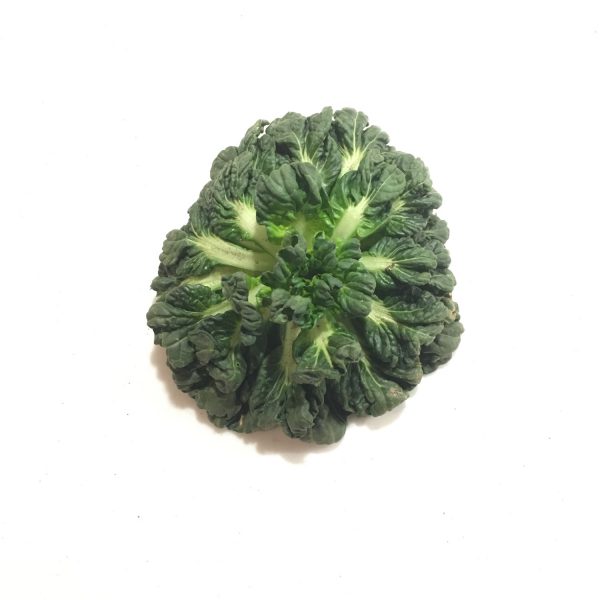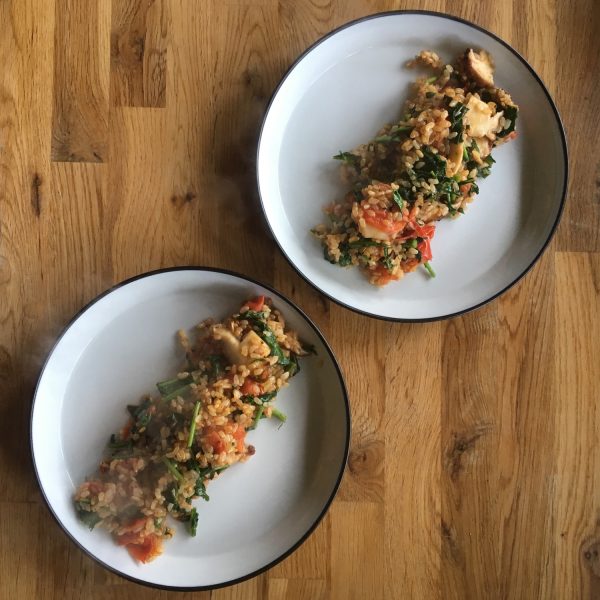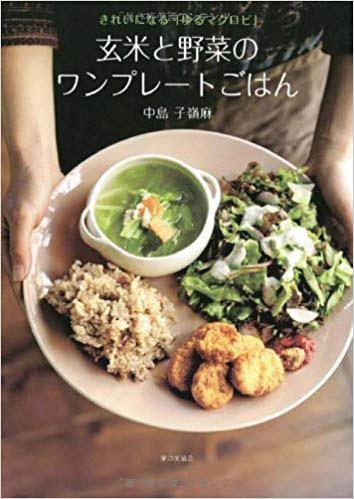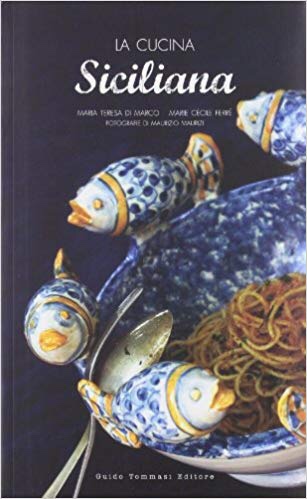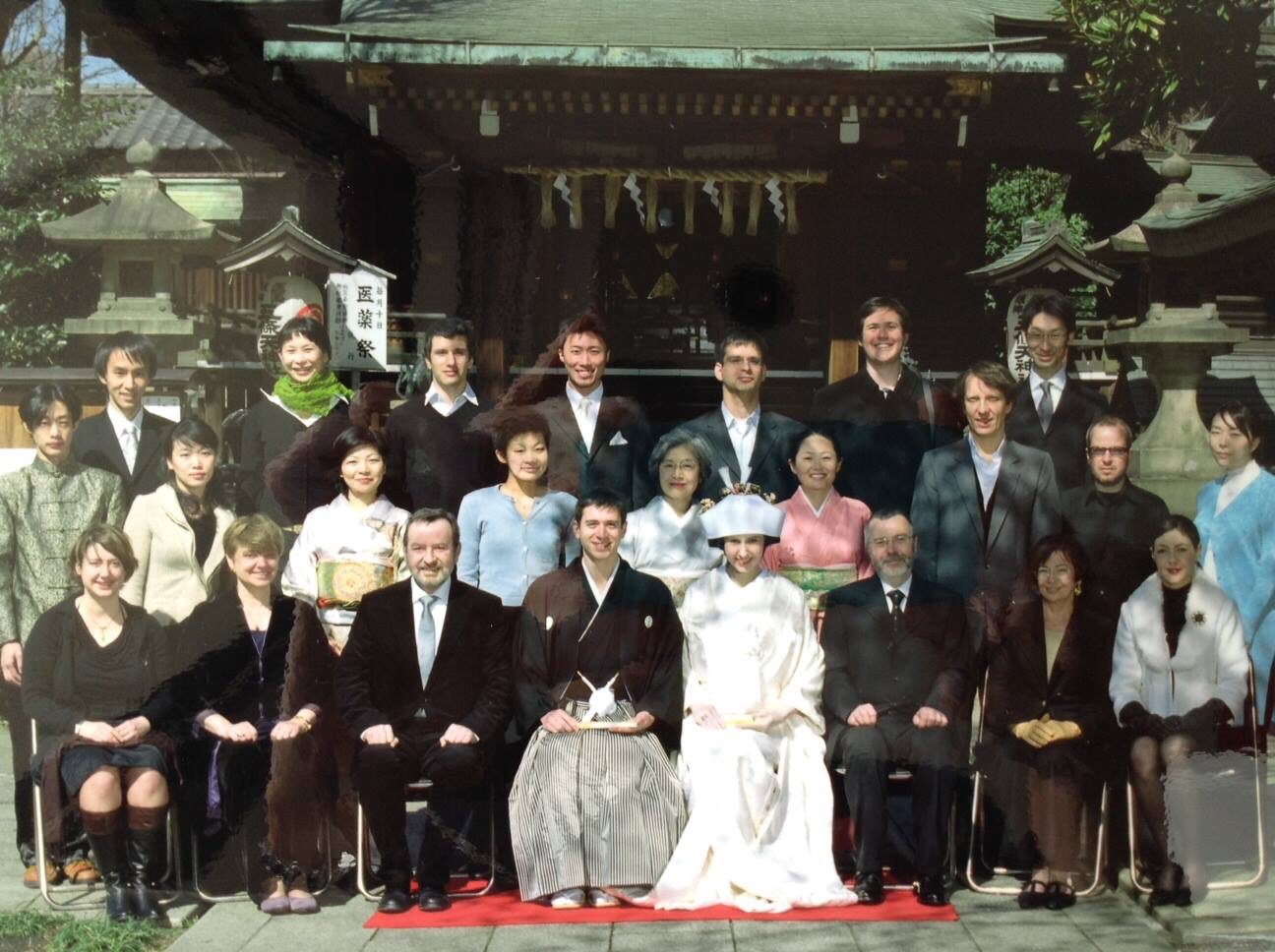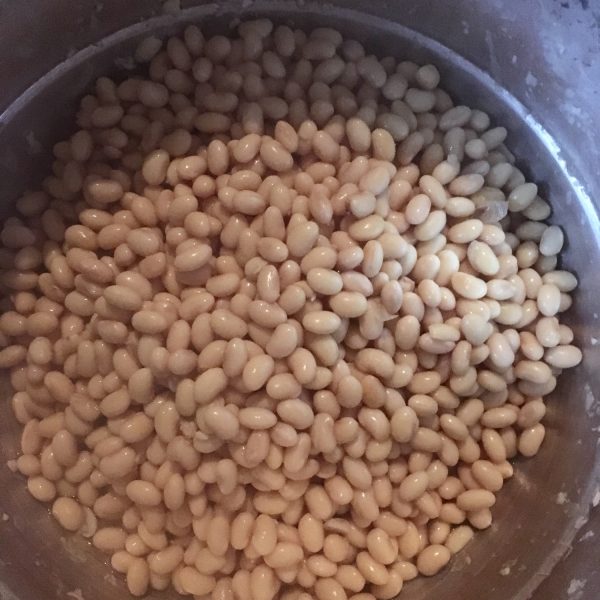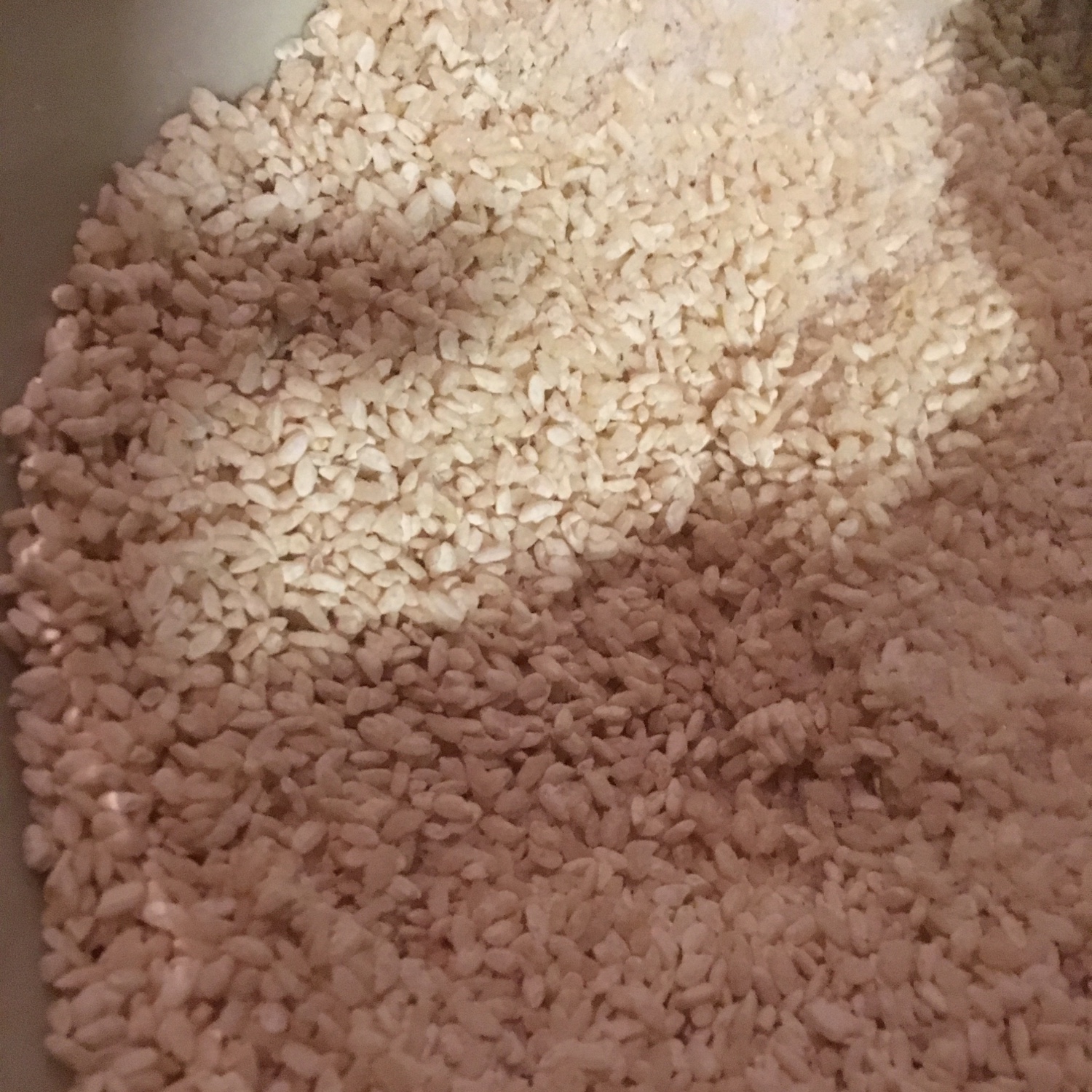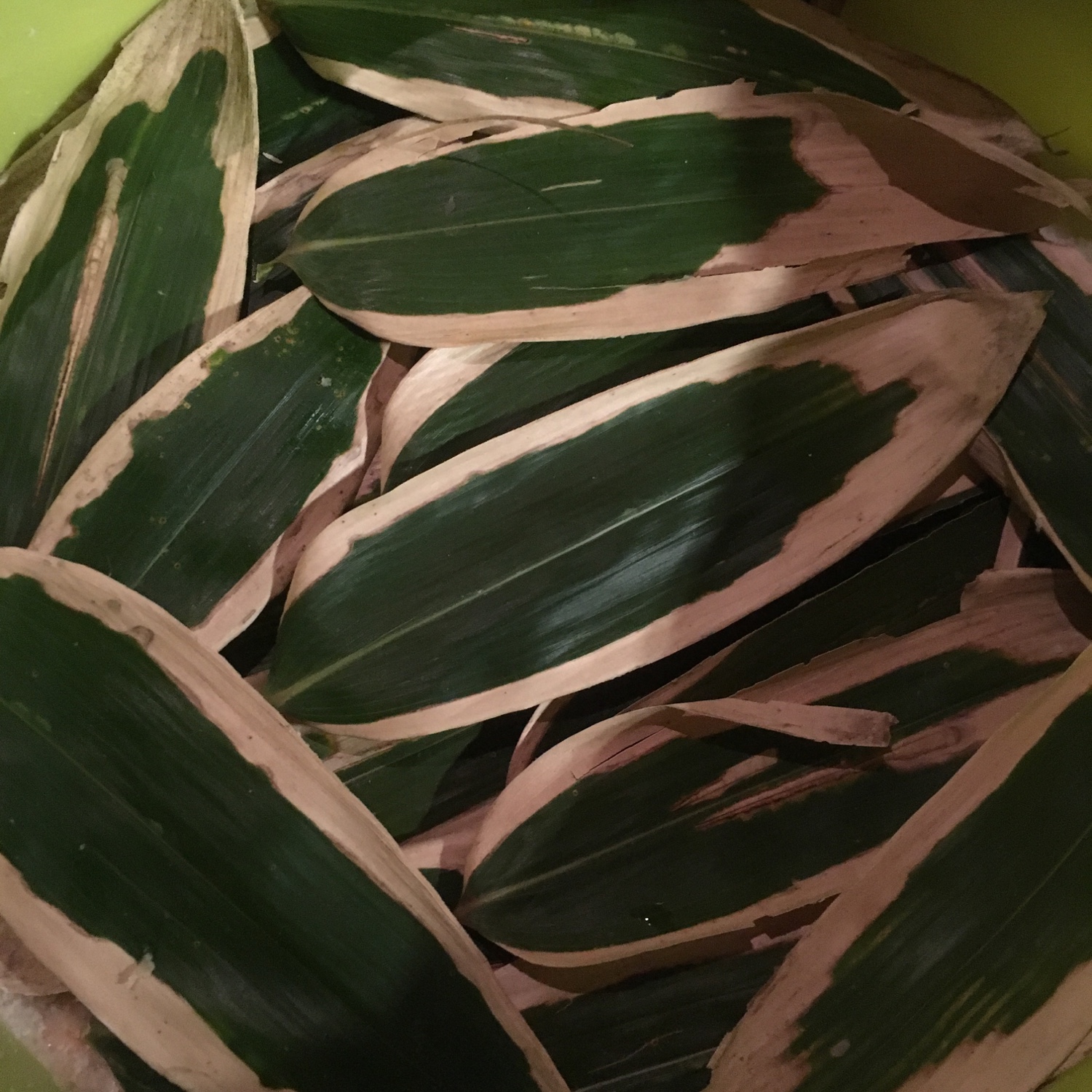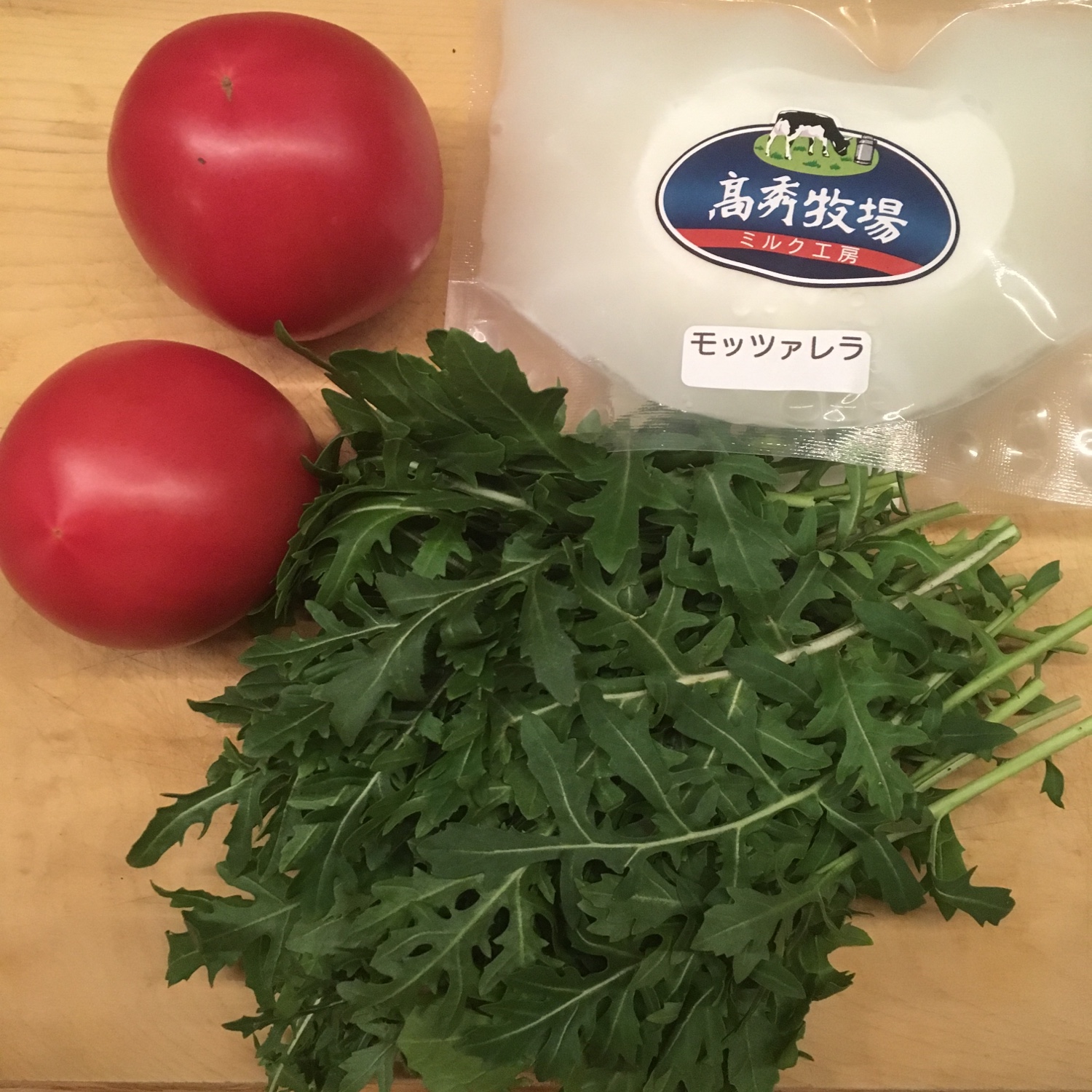The family of edible greens I know is growing every week when we go to the farmers market. Somehow they always manage to have something that tickles me and I want to try. This week was all about tatsoi. Sorry for being such so badly cultivated when it comes to greens… I have so much to learn! So there was some tatsoi タアサイat the market and I could not resist it’s beautiful round shape, the greens of the leaves that ressemble spinach or rather chards, and a texture that is also close to bok choi.
I firt prepared one in a very simple manner: I washed it thoroughly to remove the sand and soil, and simply cook it at low it with a few drops of sesame oil. Added some sesame seeds to serve. That was awfully simple and perfect to enjoy the flavor and texture of this green new to us.
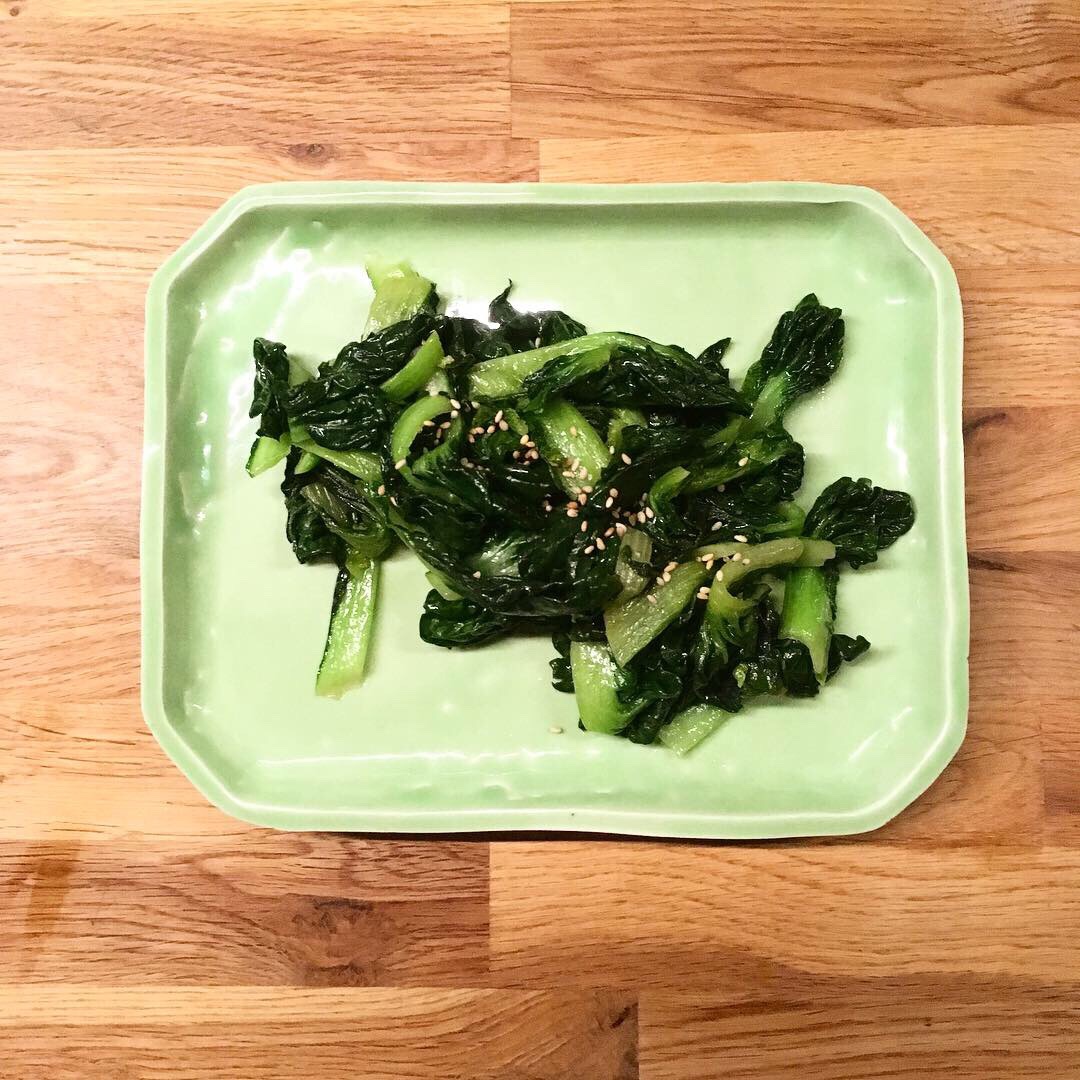
The second time I cook one, it was a tiny one, so rather than using oil, I just blanched it, and served it with natsumikan zest. This can work with orange, yuzu or lemon too. The zest and the tatsoi were working very very well!
I actually served it in a more complex plate as can be seen on the bottom picture, as a request of A. to accompany his bottle of Duhart-Milon 2011, with smoked duck, braised leek, sautéed shiitake and sautéed yakon. Oh! Do you know yakon??? I also recently discovered it… I’ll talk about it next time. In the meantime enjoy your greens, be adventurous with your local products, and have a good rest of the week!
